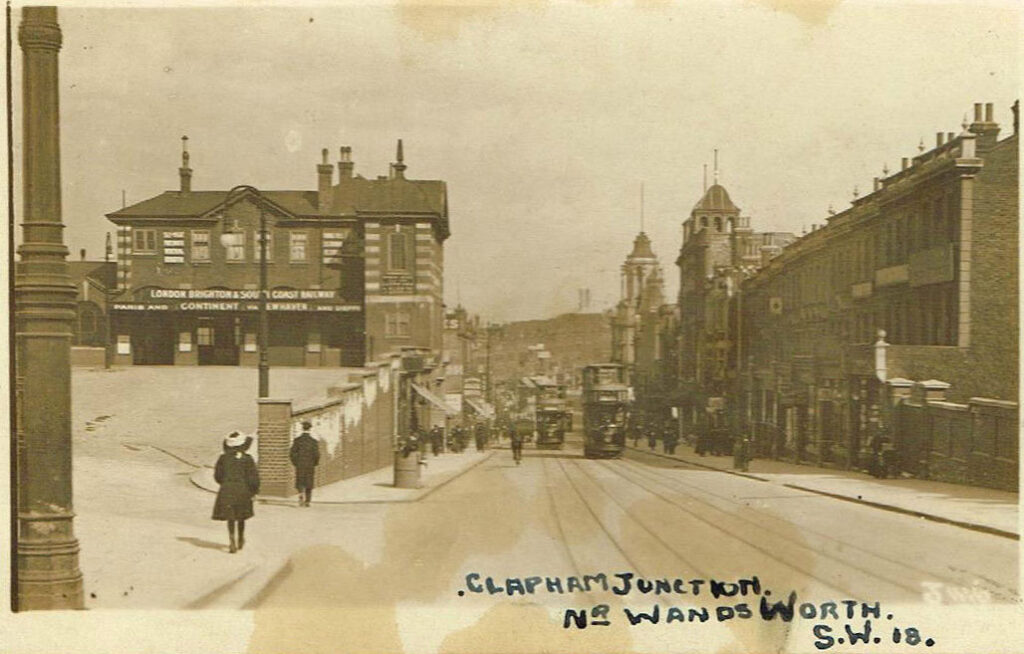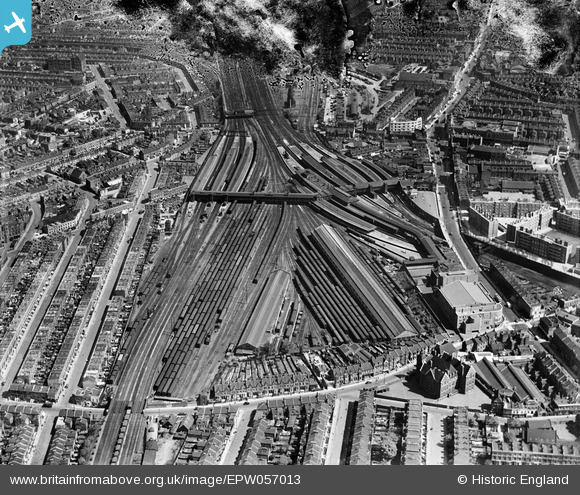1 year ago
March 2nd marks a significant date in the annals of British railway history. It was on this day, in 1863, that Clapham Junction, one of the UK’s busiest and most iconic railway stations, was officially opened.

Despite its bustling activity and central role in London’s transport network, the station harbors a peculiar discrepancy in its name that has piqued the interest of commuters and historians alike: why is it called Clapham Junction when it is, in fact, located in Battersea?
The answer lies in the social perceptions of the time. In the mid-19th century, Clapham was considered a more desirable and fashionable area compared to Battersea, which was then seen as a less attractive suburb. Railway companies, aiming to attract a wealthier clientele, decided that naming the station after Clapham would lend it a certain cachet, despite its geographical inaccuracy. This strategic yet confusing naming decision has left us with a fascinating piece of London’s transport history.
Today, Clapham Junction handles more trains than any other station in Europe, with up to 180 trains passing through every hour at peak times. It serves as a vital interchange for passengers traveling across London and to destinations further afield. The station’s design has evolved significantly since its inception, expanding to accommodate the vast numbers of passengers it sees daily. Its importance cannot be overstated, acting as a critical artery in the heart of London’s rail network.

Clapham Junction’s name might not accurately reflect its location, but it undoubtedly captures the essence of its significance to London’s transport network. As we celebrate its anniversary, we are reminded of the station’s journey from a controversially named terminal to a bustling transport hub. Its story is a testament to the city’s dynamic history, a place where past and present converge, and where every train and passenger is part of a larger, ever-evolving narrative.
In essence, Clapham Junction remains more than just a station; it is a landmark of connectivity, resilience, and historical intrigue, standing proudly as a symbol of London’s enduring spirit and its complex, fascinating history.